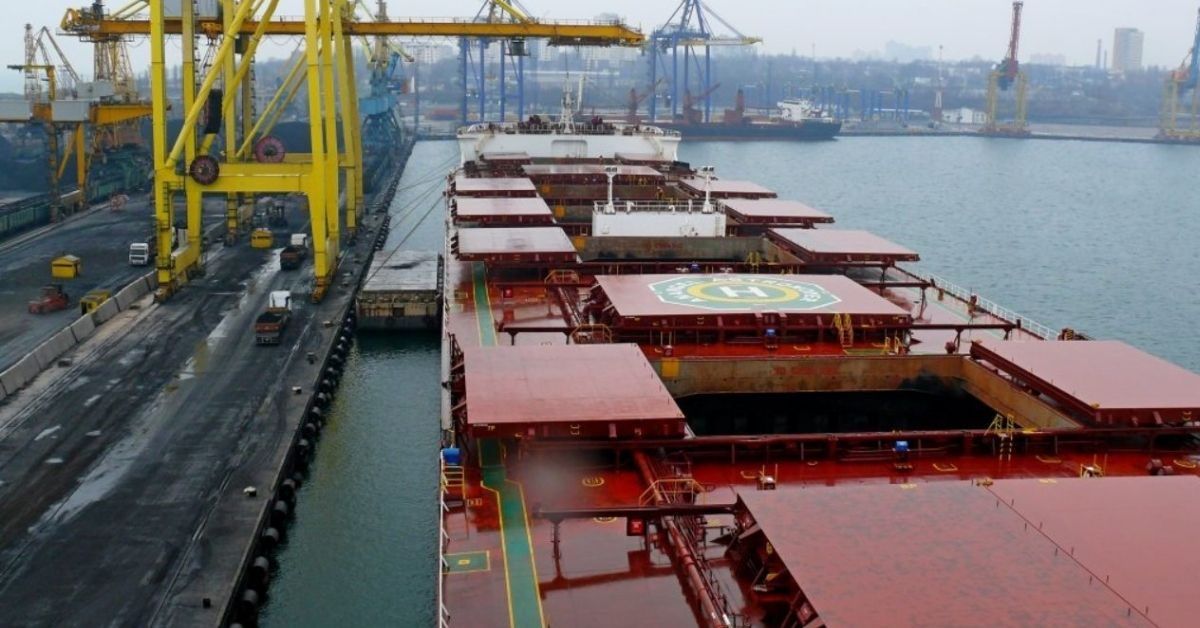Russia declared that it would establish a humanitarian corridor for ships leaving Ukrainian territorial waters. The 80-mile corridor is 20 miles southeast of Ilyichevsk port and is open from 8 a.m. to 7 p.m. today. According to early indications from Marine Traffic data this morning, the many foreign ships trapped in Ukrainian waters have not moved. A month after Russia’s invasion began, there were just under 100 ships stranded in Ukrainian waters.
According to the International Transport Workers’ Federation (ITF) and the International Chamber of Shipping (ICS), more than 1,000 seafarers representing at least 20 nationalities are still trapped in the conflict zone, with numerous Ukrainian port cities enduring the brunt of Russian attacks. ITF general secretary Stephen Cotton described the situation as “very dire.” The amount of mines buried in positions surrounding the Black Sea, most thickly in front of Ukraine’s major port, Odessa, has made so-called blue pathways difficult to realise in recent days.
The Saratov, a Russian naval vessel that was hit by missiles at the Ukrainian port of Berdyansk yesterday, is one foreign warship that will not be leaving Ukrainian seas. Russian military had previously pushed five foreign-flagged cargo ships out of the harbour to make room for the naval cruiser. In related news, the UK has imposed further restrictions on Russia’s main maritime carrier, Sovcomflot (SCF), making it more difficult for it to obtain insurance, classification, and funding.
An issue that has made so called blue corridors difficult to realise in recent days has been the amount of mines laid in positions around the Black Sea, most densely in front of Ukraine’s largest port, Odessa.






